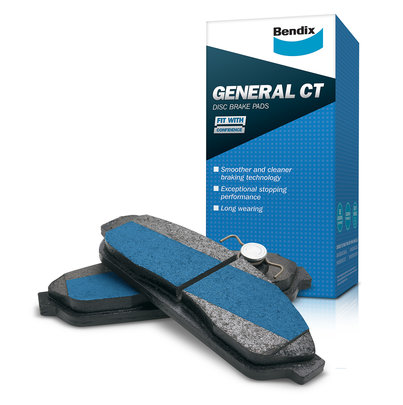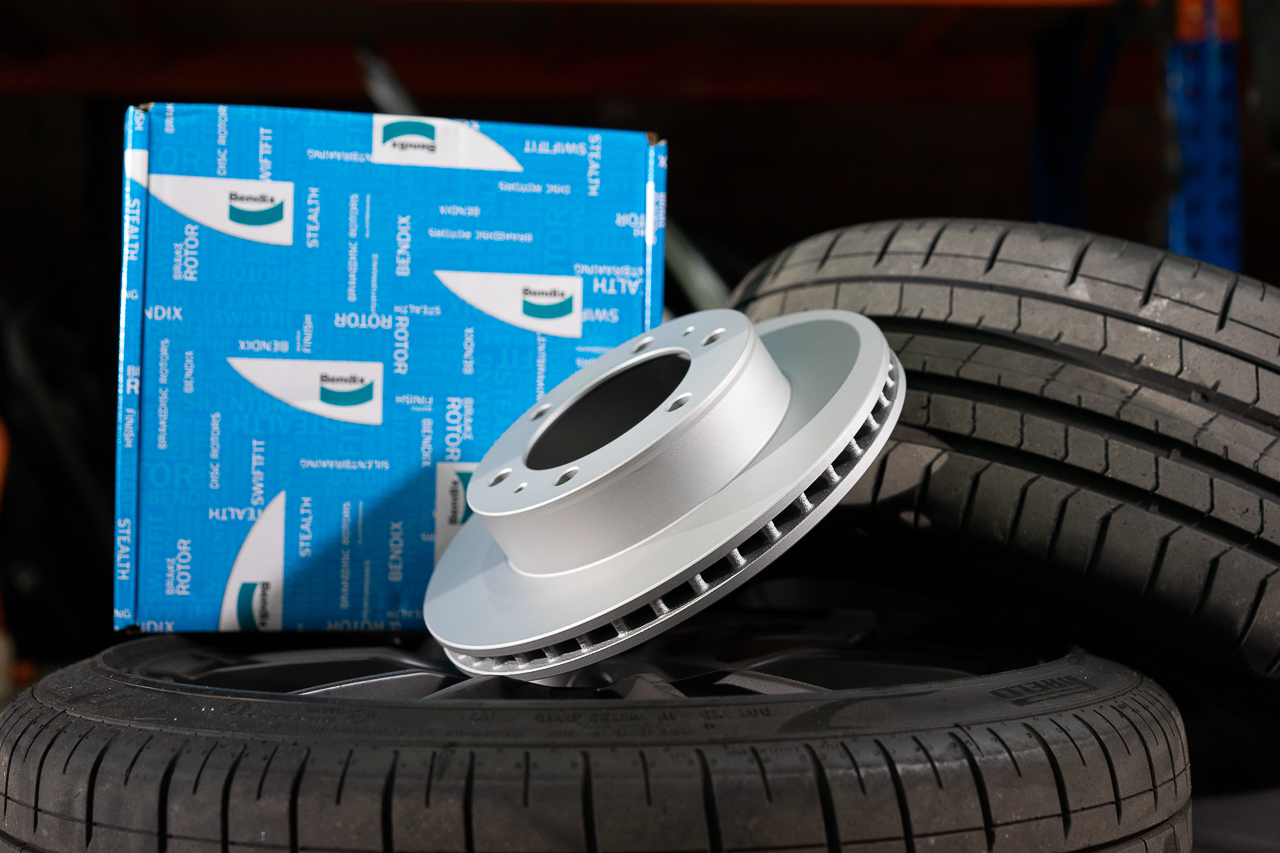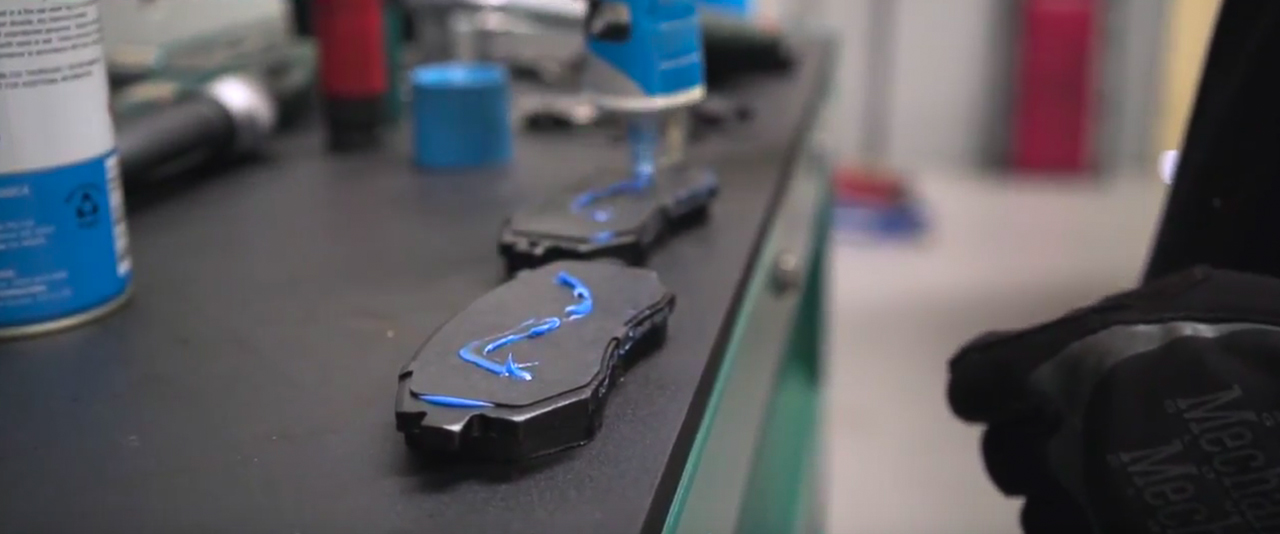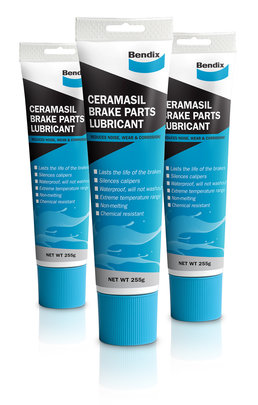[AD] Brake noise – Here are the causes and ways to prevent it
One of the biggest mechanical annoyances, the basic science behind brake noise – or squeal – the result of several thing vibrating at a high enough frequency to generate a noticeable sound. Usually, the main instigator here is when contact occurs between the rotor (disc) and the brake pads, but this is NOT the sole cause..
According leading brake makers Bendix, low frequency oscillations from the pad and rotor that travels through brake and suspension components is one such example, while higher frequencies tend to remain at the pad/rotor, which leads to the passenger compartment, resulting in detectable noise when the components is reaches their natural frequency.
In short, these connected parts vibrating also causes brake noise. On that note, the effort of occasionally checking each brake component is a worthwhile effort as it lets you see how these vibrations can be reduced. Here are some key areas to look at and what can be addressed.

Change your brake pads
One simple solution is to replace the brake pads, especially when the old ones are worn out – usually noise or squealing are tell-tale signs that they need replacing.
The friction material used in a brake pad can reduce noise in two ways. Firstly, a good brake pad compound that keeps friction coefficient consistent across a range of temperatures and conditions tend to work quieter. By maintaining consistent friction coefficients, variations in brake torque is reduced, which in turn reduces the possibility of generating noise.
Secondly, some brake pads such as the Bendix General CT, have been specially engineered to transfer a film of friction material on the rotor's surface. This protects the rotor surface, thus ensuring minimum change of brake torque under braking as pads come into contact with hot spots.
Notably, this film coat is usually generated during the bedding in procedure, but Bendix’s Blue Titanium Stripe technology present in the Bendix General CT pads lets you drive straight on the road and get instant pedal feel and stopping power, whilst also reducing brake noise.
Check the shims and insulators
A key area of the braking system that many tend to overlook, brake shims play a crucial role in mitigating noise as they are tasked primarily with reducing the transmission of vibrations from the pads and rotors into other brake components.

Shims also add mass to a brake pad, which aids noise-reduction by generating countering vibrations to lose energy and reduce noise-causing frequency levels. Apart from that, shims also serve as a thermal barrier and aid in the even spread of heat across the brake pad's face, thus ensuring consistent brake torque as well.
On that note, it's worth highlighting that the brake shims supplied with every Bendix brake pads set are made from carbon steel for low thermal conductivity, and are designed to to last as long as the brake pads themselves.
Furthermore, Bendix's brake pads are covered with a fibre reinforced rubber coating, which dampen vibrations more effectively over traditional uncoated. Shims supplied in Bendix’s performance brake pads, on the other hand, are coated with nitrile instead, which offers enhanced heat resistance.
In short, when time comes to replace your brake pads, all-in-one solutions as what Bendix's pads offer make them ideal.

Check your rotors (discs)
Though many mechanics are quick to blame brake pads as the source of noise and squealing, don't forget that much of these noises are caused by the interaction of the pad and brake rotors. Though regarded as an unchanging factor, the reality is that the state of brake rotors (discs) can be altered when both heat and pressure are applied repeatedly over time and use.
The leads to the rotor surface to flex slightly, which is almost invisible to the naked eye. This movement can cause noise and excitation at friction coupling; that is when brakes are applied. Furthermore, the noise level increases if the replacement rotors have poor metallurgy that differ from the original factory specifications.
Effectively, the smoothness of a rotor surface plays a key role in preventing noise or squealing, hence the importance of refitting them through the machining process occassionally to gain back a properly smooth finish. Alternatively, one can also fully replace the rotors, which is yet another request that Bendix can fulfill through its Bendix SwiftFit Brake Rotor product.


Ensure adequate lubrication
Of course, with any mechanical hardware system, it's also worthwhile to ensure that all components present are adequately lubricated too, and this rule applies to your car's brake systems too.
This is especially true when the caliper fingers and in-between the shims and pads themselves are lubricated, which ensures efficient operation. Furthermore, this practice also helps to form an additional barrier that dampens vibrations whilst under braking, as well as withstanding extreme heat and pressure levels.
For this, Bendix strongly advises on using dedicated lubricants such as the Bendix Ceramasil Brake Parts Lubricant. Unlike its peers, this lubricant is specially formulated without petroleum, which helps to prevent the boots and seals from reacting and failing prematurely.
So, there you have it. The next time you suffer from excessive brake noise or squealing, perhaps it's worthwhile to have your car's entire brake system a look, and perhaps a once over too. Those keen on acquiring any of the products mentioned above can do so by visiting Bendix Malaysia's Official Facebook page.
You can also visit Bendix Malaysia's website and refer to its brake pad selection guide to check on product availability for your car.

